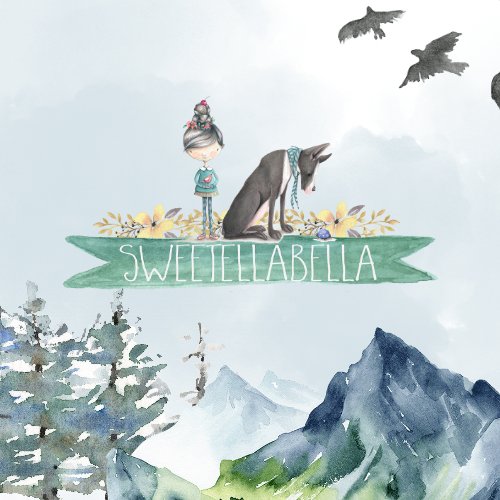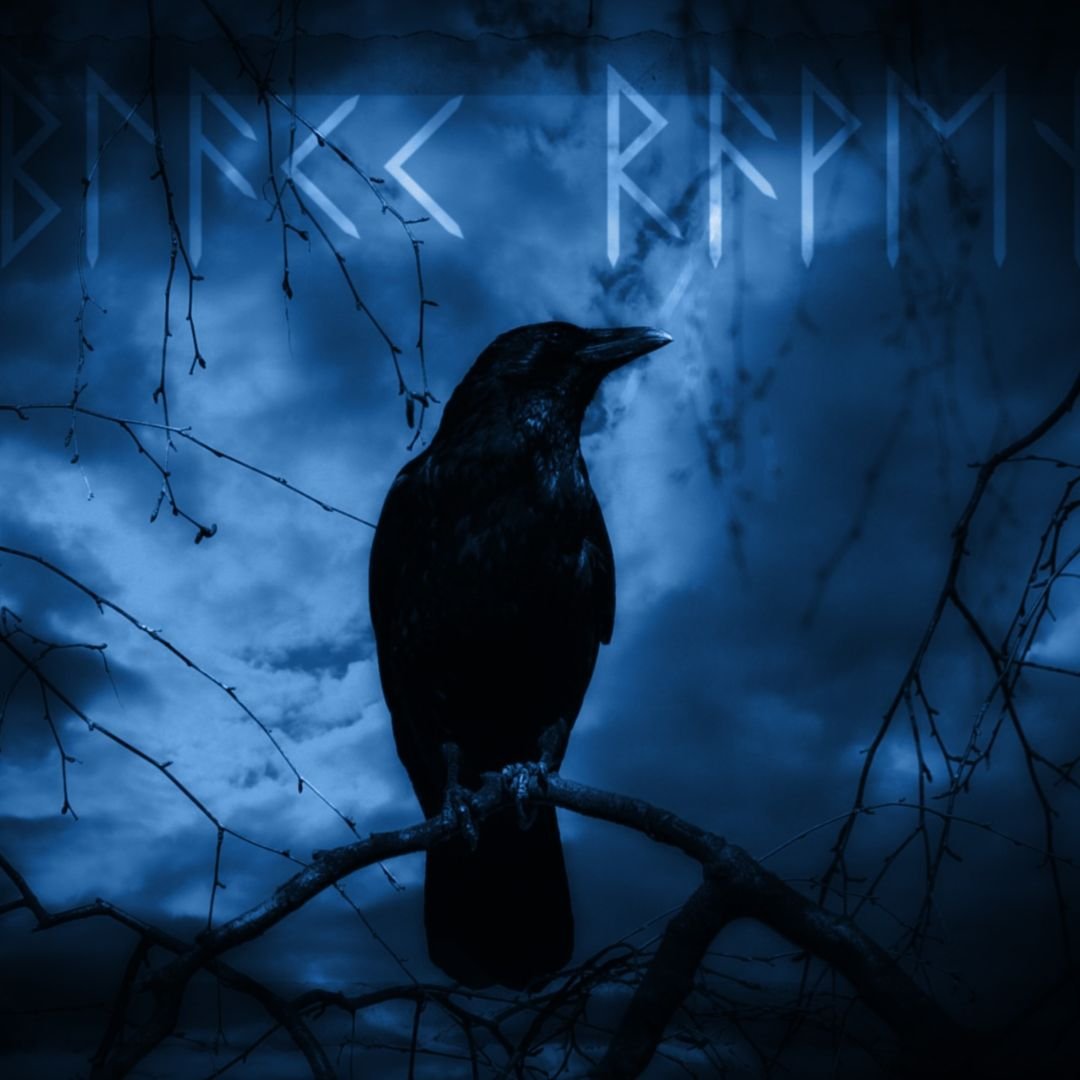Raven Symbolism And Facts About A Unique Bird
Excerpt from The Raven by Edgar Alan Poe
It is coming close to Halloween and the Raven is one of the animals you think of that gives off some spooky vibes. Throughout history the raven has got a bad reputation and that is unfair to this intelligent bird.
I have a background in veterinary medicine, and I have had the blessing to work with some amazing animals in my time, and often many of them are very misunderstood. The Raven is defiantly a misunderstood animal throughout the ages. Let’s dive into what the raven symbolizes to different cultures throughout history while inspiring works of literature. Then we will talk about the real things that make this bird an amazing creature that you should know more about.
Ravens in different cultures and religions
The spiritual significance of Ravens has many different meanings depending on what part of the world you are in. Ravens can symbolize death and bad fortune to one culture and rebirth and intelligence to another. Folklore throughout the world show them as a symbol of change and as an intermediary between this world and the spiritual world. There are also many cultures that associate the Raven with the sun.
Greek Mythology
In Greek mythology the Raven is associated with Apollo, the God of prophecy. Apollo was seen as a deity associated with the sun, light, and wisdom. Apollo sent a white raven to spy on his lover Coronis, and the bird came back with some news of infidelity unfortunately getting caught in the middle of Apollos fury and was scorched turning the birds feathers black. The ancient Greeks saw the raven as a bad omen and associated with death.
Hindu Culture
In the Hindu culture the raven helps to link the living and the dead. After the death of a loved one the family feeds a raven the favorite food of the departed loved one, and if the bird eats the food that means the loved one is at rest.
Native American Culture
In the native American cultures, every tribe has their own beliefs and stories, but there were some similarities between them all. The raven is seen as a shapeshifter and a change in conciseness. As a shapeshifter, this bird had the ability to speak and become a trickster who protected the good and outsmarted the bad. Raven feathers are also an iridescent black to purple color and if this bird can change both form and color you can change too.
Celtic Mythology
In ancient Celtic mythology, the raven is associated with war and battle. The Celtic goddess Morrigan, the shapeshifting goddess of war and death would turn into a raven to help her to defeat her enemies.
Norse Mythology
In Norse Mythology, The God Odin had two ravens that would sit on his shoulders by the names of Huginn (thought) and Muninn (memory). Because Odin sacrificed his eyes for wisdom, these two feathered friends would fly around the world to spy and then go back to give Odin the report of what was happening.
Great Britain
In Great Brittan, the raven has a connection to the tower of London. It is said the if the six ravens that reside in the tower leave, both the tower and the crown will fall. There are 9 feathered friends that live at the tower today for good measure. The names of the 9 ravens are Jubilee, Harris, Gripp, Erin, Poppy, Georgie, Edgar, and Branwen. These 9 ravens respond to only the Ravenmaster who takes care of them.
Tibetan Buddhism
In Tibetan Buddhism, the raven is seen as successful, prosperous, and a protector of wisdom. When a raven stole the scarf of the monk Ngawang Drakpa and led him to a juniper tree, this caused the monk to pay attention and thought it to be a perfect place to build a monastery.
Christianity
In Christianity, the raven is seen as an unclean animal and cursed by Noah for not returning to the arc like the dove did. On the other hand, the raven is also seen as a protector of the prophets. When God was sending a drought, he led Elijah to a dry land called Cherith, and tells Elijah that he will drink from a brook and a flock of ravens will come twice a day give him food. When Saint Paul the hermit an Egyptian saint lived alone in the desert was also sent food from God by ravens.
Psalm 30: 17 says that “the eye that mocks the father will be pecked out by the ravens in the valley.”
Ravens in literature
The Raven by Edgar Alan Poe
The narrator/speaker refers to the raven as coming from, “Night’s Plutonian Shore,” also known as the underworld. The raven in this represents the speaker’s grief over the loss of Lenore. When the raven constantly says the word nevermore that solidifies the finality of Lenore’s death, and he will never see her again. In the end of the poem, it describes the raven’s shadow hanging over his soul, thus grief clouding his existence.
Edgar Alan Poe
Open here I flung the shutter, when, with many a flirt and flutter,
In there stepped a stately Raven of the saintly days of yore;
Not the least obeisance made he; not a minute stopped or stayed he;
But, with mien of lord or lady, perched above my chamber door—
Perched upon a bust of Pallas just above my chamber door—
Perched, and sat, and nothing more.
Then this ebony bird beguiling my sad fancy into smiling,
By the grave and stern decorum of the countenance it wore,
“Though thy crest be shorn and shaven, thou,” I said, “art sure no craven,
Ghastly grim and ancient Raven wandering from the Nightly shore—
Tell me what thy lordly name is on the Night’s Plutonian shore!”
Quoth the Raven “Nevermore.”
Excerpt from The Raven by Edgar Alan Poe
Charles Dickens
Charles Dickens himself had multiple pet ravens throughout his life. His very first pet raven was named Grip, who appears in one of his novels, Barnaby Rudge. Grip had quite the vocabulary which inspired Dickens to write him in as a character in the story. When Dickens wrote Barnaby Rudge, he sent a copy to Edgar Alan Poe to review. Poe thought the raven needed a bigger role in the story especially the raven tapping at the door … sound familiar? Years later he published the raven. Unfortunately, Grip passed away after eating paint and Dickens stuffed him and mounted him in his office. Grip is currently hung on the wall in the rare books department of the free library of Philadelphia.
Charles Dickens
9 Fun Facts About Ravens
Now let’s talk about how the raven really is in behavior. Ravens are playful and intelligent creatures that are adaptable and cunning. Corvus corax is the scientific name of the raven and a corridologist is a person that specializes in ravens.
1) Ravens have the largest brains of any bird species and considered one of the most intelligent animals on the planet.
2) Ravens are one of four animals (humans, bees, and ants too) that communicate about objects and events that are distant in space and time. For example, when they leave the nest and find food they will return to the nest and tell their mate about what they found so both can return to the food together and eat.
3) Ravens use tools to help them complete tasks. They are little feathered innovators.
4) Ravens are curious and attracted by shiny objects that they collect and then show off their shiny treasures to other ravens.
5) Ravens steal from each other, sometimes they pretend to bury items in one spot when they think they are being watched as a decoy and secretly bury it somewhere else when no one is looking.
6) Ravens can be taught to speak even better than parrots and can develop approximately 100 words or more.
7) Ravens are monogamous creatures and mate for life with one partner.
8) Ravens never forget a human face! If you have done them wrong, they will recognize you.
9) Ravens gather at a “funeral” when one of them dies. Its thought they are trying to find out if there's a threat where the death occurred, so they can avoid it in the future. Almost like a town hall meeting.
Ravens teach us to use innovation and creative thinking to solve problems. Especially in an unusually challenging environment be open to new experiences and don’t fear change. Take the good with the bad and use both to learn. Ravens are way more than a spooky feathered friend at Halloween.













